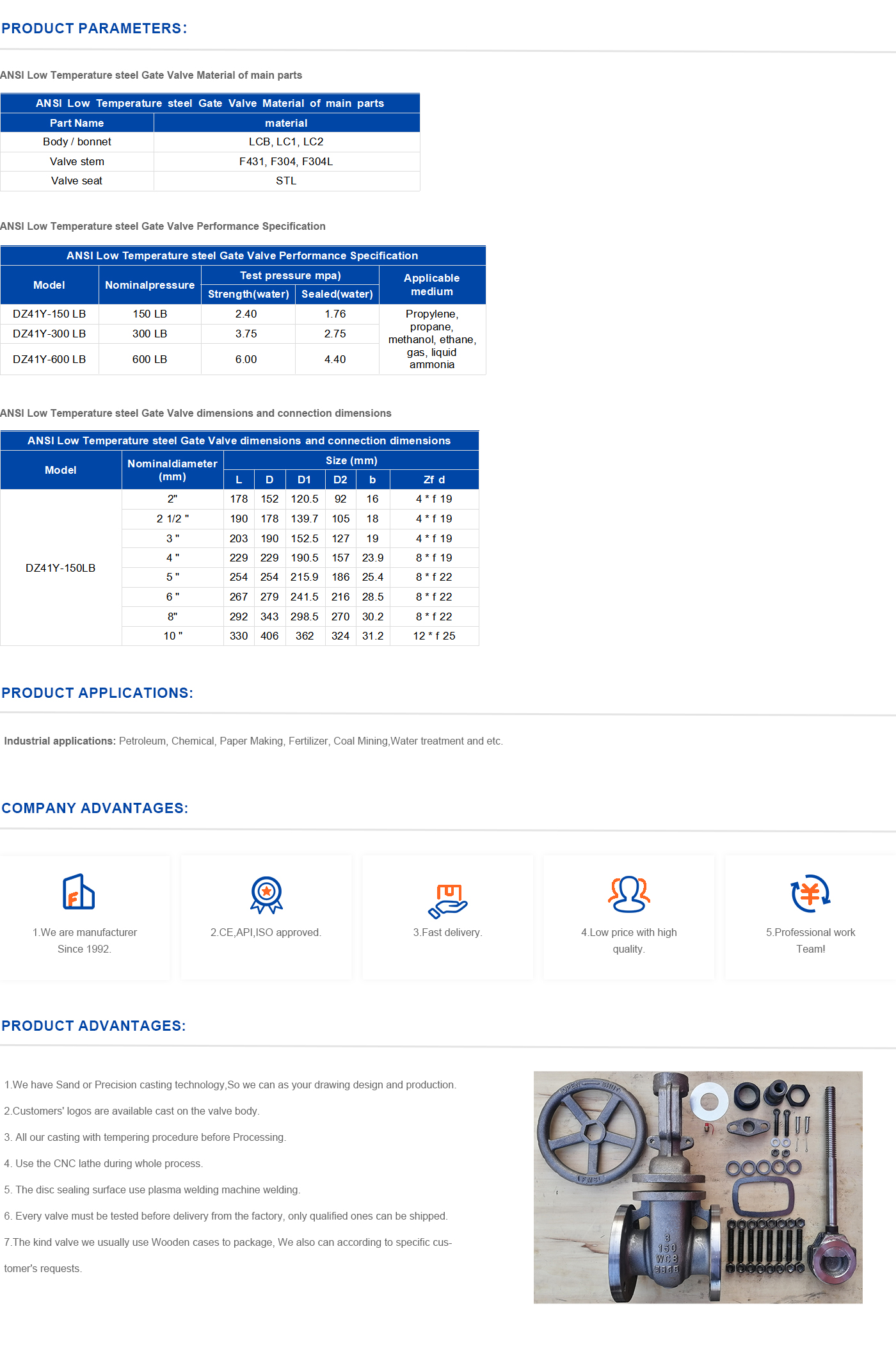types of electric actuators
Types of Electric Actuators
Electric actuators play a crucial role in modern automation systems, converting electrical energy into mechanical movement. They are widely used in various applications, including robotics, industrial machinery, HVAC systems, and automotive processes. This article explores the different types of electric actuators, highlighting their functionalities and applications.
1. Electric Linear Actuators
Electric linear actuators are designed to create straight-line motion. They are commonly used in applications requiring precise linear movement, such as in conveyor systems or adjustable medical beds. These actuators operate using a motor that drives a screw or a belt, translating rotary motion into linear motion. They can be categorized into different types
- Screw-driven actuators utilize lead screws or ball screws to convert rotational motion into linear displacement. They offer high precision and are effective for applications where load requirements vary. - Belt-driven actuators use a belt and pulley system to achieve linear motion. These actuators are typically faster and can handle longer travel distances.
Rotary actuators produce rotational motion, making them ideal for applications requiring angular movement. They are widely used in robotics, valve control, and aerospace systems. Key subtypes include
types of electric actuators

- Stepper motors provide precise control of angular position, allowing for incremental movement. They are often used in 3D printers and CNC machines due to their accuracy. - Servomotors combine a motor with a feedback system to ensure precise control of speed and position. They are commonly used in robotic arms and automated assembly lines.
3. Electric Solenoid Actuators
Solenoids are a type of electric actuator that convert electrical energy into linear motion. They consist of a coil of wire and a movable iron core, known as a plunger. When electricity flows through the coil, it generates a magnetic field that pulls the plunger, creating motion. Solenoid actuators are widely used in locking mechanisms, automotive applications (like starter motors), and various types of valves.
4. Electric Piezoelectric Actuators
Piezoelectric actuators utilize piezoelectric materials that change shape when subjected to an electric field. This property allows for precise and rapid movements, making them ideal for applications in optics, micro-positioning, and inkjet printing. Their high resolution and responsiveness are especially beneficial in fields requiring fine control.
Conclusion
Electric actuators are essential components in many automated systems, providing reliable and efficient movement. Understanding the different types of electric actuators—linear, rotary, solenoid, and piezoelectric—is crucial for selecting the appropriate actuator for specific applications. As technology continues to advance, electric actuators are becoming more efficient and versatile, paving the way for innovations in automation and control systems across various industries. Their ability to operate without hydraulic or pneumatic systems also contributes to a more sustainable and environmentally friendly approach to automation.
-
Breakthrough in Domestic Low Temperature Valve Technology in ChinaNewsAug.18,2025
-
From Machinery to Intelligent Brain: The Digital Transformation Wave of the Valve IndustryNewsAug.18,2025
-
PCVEXPO 2025NewsAug.18,2025
-
The Key to Fluid Control: Exploring the Advantages of Ball Valves in Industrial SystemsNewsJul.09,2025
-
The Versatile World of 1, 2, and 3 Piece Ball ValvesNewsJul.09,2025
-
Stainless Steel Ball Valves: The Ideal Choice for Efficient Flow ControlNewsJul.09,2025
-
Optimizing Fluid Control with Ball Float ValvesNewsJul.09,2025




